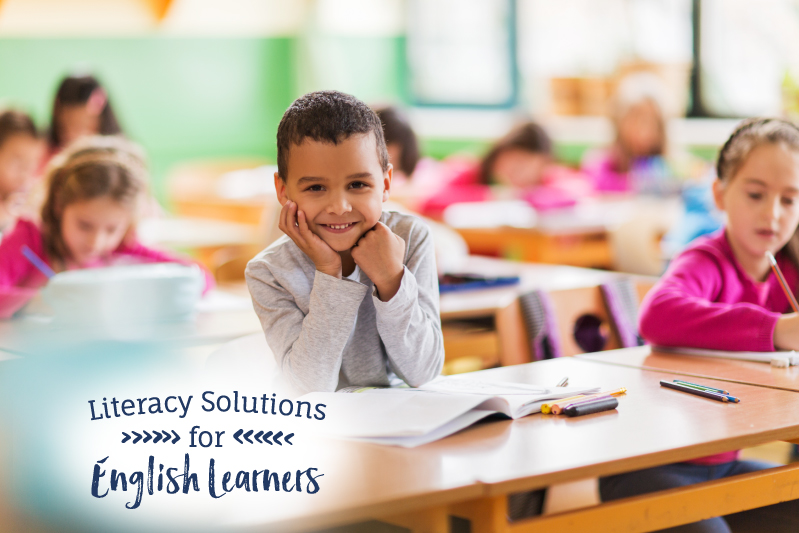Leaders in Literacy
Learn how Fort Smith turned their state dyslexia mandate into an opportunity to fundamentally restructure how reading instruction was provided across their entire district. In this webinar, Cathey Ford, Intervention/Dyslexia Coordinator for Fort Smith Public School District, will discuss how her district provided extensive professional development in sensory-cognitive reading instruction to teachers across 19…
Leaders in Literacy
In this webinar, the Honorable Robert Pasternack, former Assistant Secretary for the Office of Special Education and Rehabilitative Services at the U.S. Department of Education, will discuss how research-validated literacy instruction can impact referrals for Special Education services. He will also address how literacy gaps are often mistaken for learning disabilities. This presentation…
Leaders in Literacy
In this webinar, hear from George Welsh, Colorado’s 2014 Superintendent of the Year. He will discuss how he and his staff transformed their approach to literacy instruction in order to close achievement gaps for their most at-risk students. Learn about School Turnaround efforts led by George Welsh: This presentation is appropriate for…
Sustaining Investments in Professional Development
Districts and schools spend extensive resources on professional development designed to improve student outcomes, but sustaining implementation is challenging. Lindamood-Bell has structured a professional development model to provide initial program knowledge, increase fidelity, and sustain implementation by utilizing job-embedded professional development. Join us for a webinar—Sustaining Investments in Professional Development where we walk…
Using Data to Drive Personalized Learning in the Classroom
Now more than ever, educators are meeting the needs of students who require an alternate learning path or support during their K12 career. In districts with a high level of learner diversity, the impact on resources can become formidable. Join us for a 30 minute webinar, Using Data to Drive Personalized Learning in the Classroom. We’ll feature…
Find Out About Workshops!
Learn how Lindamood-Bell’s research-validated programs are used in the classroom to help students close the literacy gap. During the webinar, we’ll discuss why some students struggle with reading and what teachers can do to identify the cause of those struggles. Lindamood-Bell® programs are endorsed by the Council of Administrators of Special Education.
Critical Features of a Successful RtI Structure
Though evidence-based approaches for intensive intervention are readily available, the numbers of students who struggle with learning, and are identified for Special Education services, continues to rise. Educators understand that Response to Intervention (RtI) is merely a framework and not a solution for giving students the help they need. Our experience working in schools throughout the…
Response to Intervention: Fresh Solutions for Your Biggest Challenges
Response to Intervention (RtI) has been difficult for many school systems to implement effectively. In an ideal tiered system, general education classroom teachers present core curriculum through differentiated instruction. Reliable universal screening tools help identify students needing targeted intervention in Tier 2. Progress monitoring tools help keep Tier 2 instruction on track for success. Depending…
The Imagery-Language Connection for Vocabulary Skills
Today’s standards-based English Language Arts curricula have put a new spotlight on reading comprehension and vocabulary. To function in the classroom and do well on assessments, students are expected to have strong “everyday” language skills in addition to acquiring academic words—this is key for college and career readiness. At the same time, US schools are…
Literacy Solutions for English Learners
Teachers of English Learners face a unique challenge—to quickly develop language and literacy skills in a differentiated manner. To address the needs of English Learners, teachers can add instruction that develops the imagery-language connection. English Learners can acquire the skills and knowledge they need, more quickly. By addressing the skills that underlie reading and…










